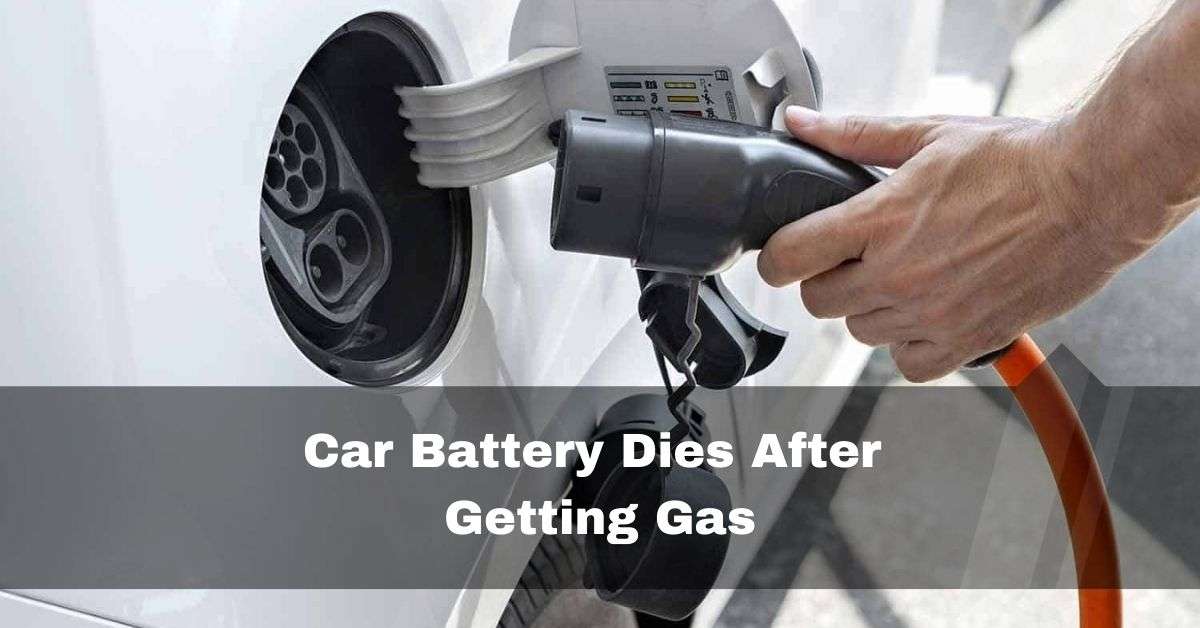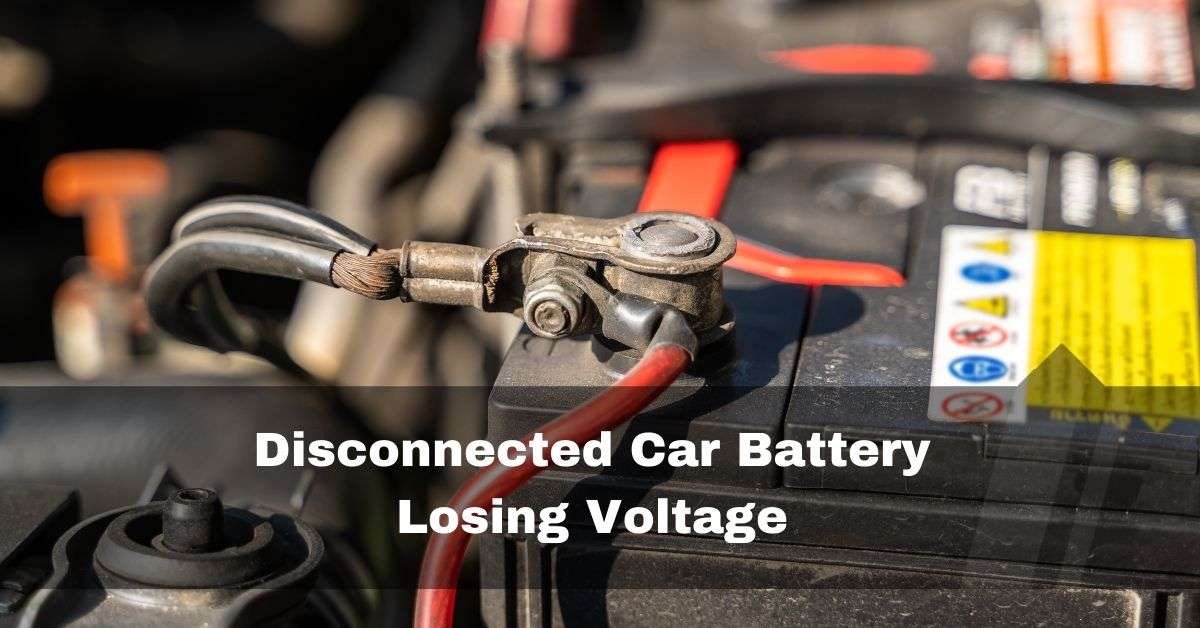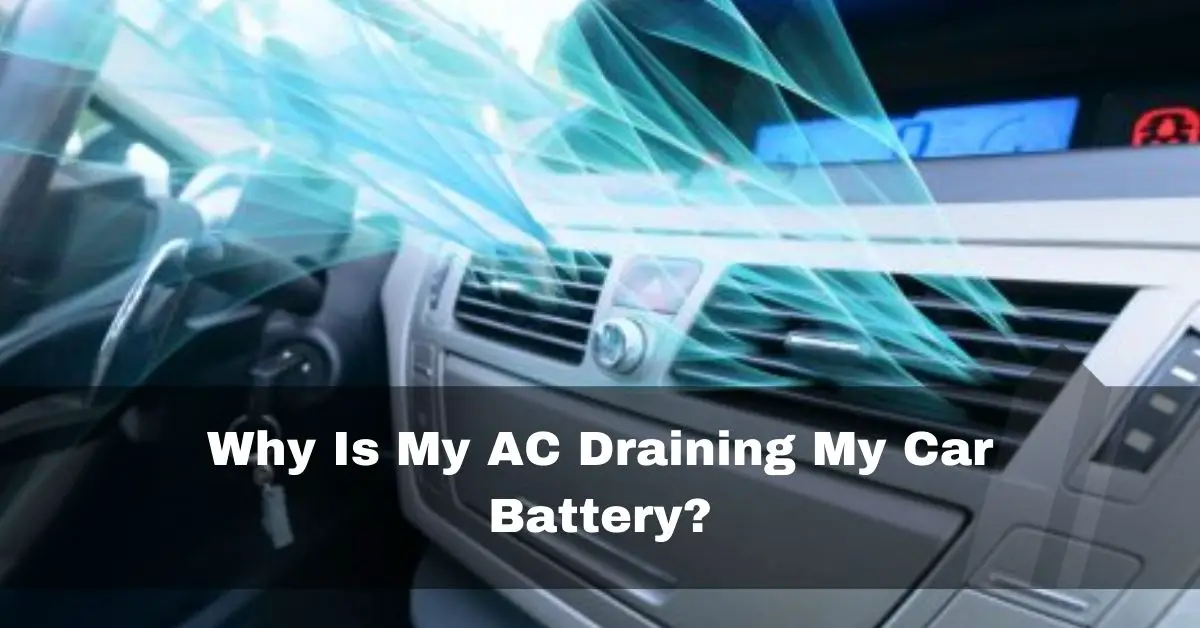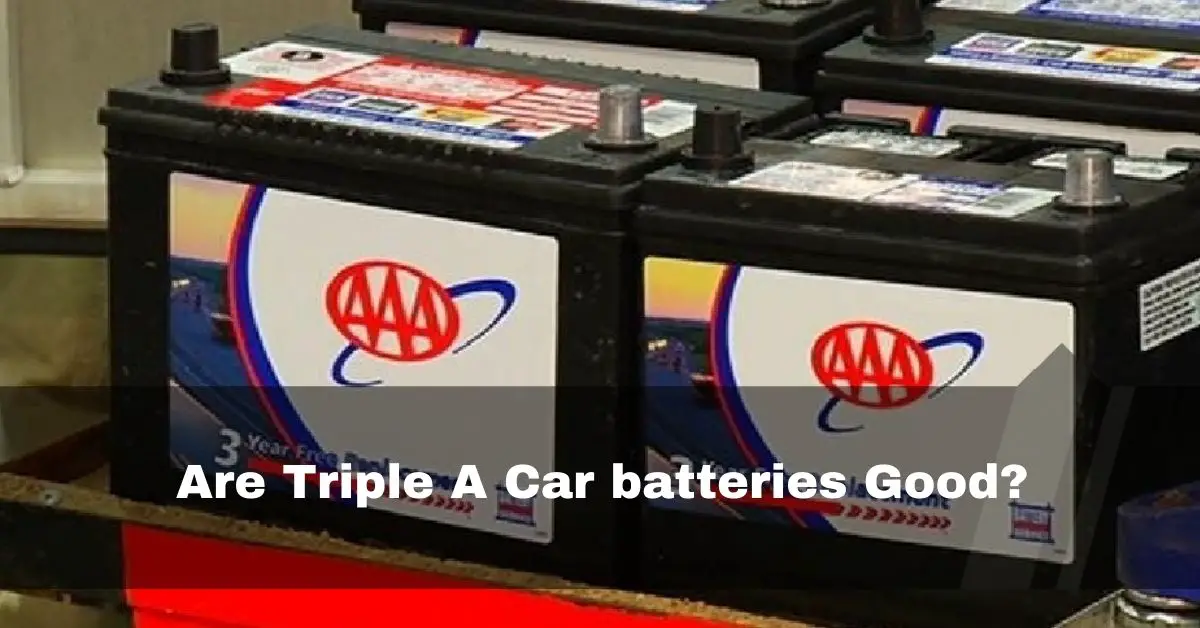I recently experienced an unexpected issue after changing my car battery – it started stalling intermittently. It was quite frustrating, especially because I had assumed that a simple battery swap wouldn’t lead to such complications.
To fix car stalling after a battery change, allow the Engine Control Unit (ECU) to relearn settings, clean the throttle body and IAC Valve, check for vacuum leaks, and ensure proper electrical connections.
In this article, we’ll delve into the common causes of car stalling after a battery change, drawing from personal experiences and research to offer practical solutions for getting back on the road smoothly.
Table of Contents
Why Does Car Stalling After Battery Change? Common Reasons:
Let’s dive into some personal experiences and explore the common reasons behind this frustrating issue:
1. Loss of Memory In The Engine Control Unit (ECU):
Why is my engine stalling after replacing the battery? When you remove the car battery, you might lose essential data saved in the Engine Control Unit (ECU), also called the car’s computer.

If you delete this data, your car might stall or idle rough until the ECU learns these settings again.
2. Faulty Sensors:
After a battery change, a car may stall due to faulty sensors like the mass airflow sensor, oxygen sensor, or throttle position sensor, disrupting the engine’s performance and causing rough idling or sudden stops.
3. Dirty Throttle Body:
Removing the battery can reset the throttle body settings, leading to dirt buildup or jamming over time. This can impede airflow, causing uneven idling and potential stalling.

4. Idle Air Control Valve (IACV) Issues:
The rest Air Control Valve (IACV) controls how fast the engine runs at rest. If this valve gets dirty or breaks, it can make it hard for the engine to keep a steady idle, which can cause it to stop or idle roughly.
5. Vacuum Leaks:
Vacuum leaks can also cause rough idling. Check to see if there are any leaks or loose connections in the vacuum tubes and connections. The engine may also run rough if there are vacuum leaks in the intake system.
6. Alternator Anomalies:
The alternator sends electricity to the car’s functions and charges the battery. If the generator fails, the voltage can change, hurting the engine’s performance and even causing it to stall.

7. Faulty Starter Motor:
Sometimes, the starting motor itself is broken or faulty. If the starter motor doesn’t work right or connect, it can be hard to start and even stop the engine.
Also Read: Why Does My Car Battery Get Hot When Charging
How To Fix Car Stalling After Battery Change? Easy Fixes For You
After experiencing car stalling following a battery change, I delved into some straightforward solutions to address the issue and ensure smooth driving ahead. Let’s explore some easy fixes together.
1. ECU Relearn Process (For Manual Transmissions):
How do I reset my idle after replacing my car battery?
- Ensure your vehicle is “Neutral” (for manual transmissions).
- Turn off all electrical accessories.
- Let the engine idle for 10 minutes uninterrupted.
- This allows the ECU to recalibrate idle settings.
When you clear your car’s computer, you must drive between 50 and 100 miles. This should get rid of the check engine light for good.
2. ECU Relearn (For Automatic Transmission Cars):
- Ensure the handbrake is off and the car is in “Park.”
- Turn the ignition key twice, but only start the car on the second turn.
- Engage the handbrake, and put the car in Drive with your foot on the brake.
- Keep your foot on the brake and wait for the car to reach operating temperature.
- The idle speed should stabilize below 1000 RPM.
3. Replace Faulty Sensor:
Identifying and replacing the faulty sensor is the best course of action. You may need to use a diagnostic scanner to read error codes stored in the ECU, which can help pinpoint the problematic sensor. Once you replace the sensor, your car should operate smoothly again.

4. Clean Throttle Body And IAC Valve:
Cleaning or replacing the IAC Valve and throttle body is easy. Use a throttle body cleaner and a soft brush to remove the buildup. Your car should be more stable at idle after cleaning it. In some cases, a thorough cleaning is all needed to get things working again, while in others, they may need to be replaced.
5. Check For Vacuum Leaks:
- Inspect hoses and connections for damage or disconnections.
- Replace cracked or damaged hoses and gaskets.
- Ensure all connections are tight and hose clamps are secure.
- Seal small cracks or holes with automotive-grade sealant.
- Start the engine and check for hissing sounds or irregular idling to confirm the issue is resolved.
Also Read: Is 15 Volts Too High For Car Battery
How To Fix Engine Stalling After Change Battery?
Use an OBD-II scanner to check for any stored fault codes in the car’s computer. These codes can provide valuable information about what might be causing the issue.
- I double-checked the battery installation and terminals to ensure they were correctly positioned and firmly attached. I cleaned off any corrosion on the terminals.
- I reset the car’s idle memory by letting it idle for about 10-15 minutes while running the air conditioner for 5-10 minutes. Then, I took it for a 20-minute drive to allow the car to recalibrate its idle settings.
- I tested the alternator while the car was running by removing the red battery wire. If the car died immediately, it indicated a potential issue with the alternator, which I had checked by a professional.
- I investigated for any parasitic drains from aftermarket gadgets or accessories. Sometimes, these drains can cause the battery to lose charge unexpectedly, leading to stalling issues.
How To Avoid Losing Your Memory Settings?
Use a “memory saver” device to keep your memory settings from being lost when you change the car battery. This device keeps the car’s systems powered and remembers settings like clocks, radio presets, and power seat positions.
The cigarette lighter, the power port on your car, or the OBD-II diagnostic port under the dash are all ways that memory savers can join.
1. Using A Memory Saver
- Turn off your vehicle.
- Connect the memory saver following the instructions closely.
- Disconnect the old battery and remove it.
- Insert the new battery, clean cable ends and battery posts with a battery brush, connect and tighten the battery cables, and secure the battery.
- Disconnect the memory saver before starting the car.
Related Questions:
1. Why Is My Car Stalling After Installing A New Battery?
Disconnecting the battery can erase memory settings, including idle settings, causing the car to stall.
2. Why Is My Car Acting Weird After Battery Change?
Disconnecting the battery can trigger the alarm system, drain the battery quickly, or reset components, leading to unusual behavior.
3. Why Does My Car Keep Dying After Replacing The Battery?
A parasitic draw, where a circuit continues to draw power when it should be off, can cause the new battery to drain quickly.
4. Can A Battery Cause A Car To Stall?
Yes, a failing battery can stress the alternator, leading to engine stalling. Fuel supply issues can also contribute to stalling.
5. How Long Does It Take For A Car To Adjust To A New Battery?
Typically, it takes 10-15 miles of driving for the car’s systems, including the Engine Control Unit (ECU), to fully adapt to the new battery.
6. Why Is My Car Shutting Off But The Battery Is Good?
Your car might shut off while driving due to ignition system issues, fuel delivery problems, or internal engine failure, despite having a good battery.
7. Is It Normal For Car To Stall After Replacing Battery?
Yes, after a battery change, the car’s computer resets, leading to a temporary rough sound as it recalibrates. Within about 24 hours, it typically returns to normal.
8. Can A Loose Battery Terminal Cause A Car To Stall?
Yes, loose connections between the battery and the car can cause the vehicle to stop while driving. Always check and tighten battery connections before hitting the road.
9. Why Did My Car Start Stalling While Driving?
If your car stalls while moving, it could be the fuel pump, ignition coil, or airflow sensor. If it stalls while stopped, check the fuel pump, filter, or sensors.
10. What Sensors Can Cause Stalling?
The manifold absolute pressure sensor (MAP) or the mass air flow sensor (MAF) is to blame for your car stopping. Most cars have either one or the other.
Conclusion:
In conclusion, from my personal experience and research, I’ve found that there are various reasons why a car might stall after a battery change. One common issue is the loss of memory in the Engine Control Unit (ECU) when the battery is disconnected, leading to rough idling or engine stalling. This happened to me once, and it was quite frustrating. However, I learned that resetting the ECU and allowing it to relearn the settings can often resolve this issue.
Also Read:
- Can Bottled Water Be Added To A Battery
- Car Alarm Goes Off When Charging Battery
- Will Car Alarm Go Off If Battery Dead
- Can I Use 11.1v Battery Instead Of 7.4v RC Car
References:
- https://repairpal.com/symptoms/engine-stalling-after-battery-replacement
- https://www.europlusautomotive.com/why-does-the-engine-stall-after-installing-a-new-battery/
- https://www.reddit.com/r/fordescape/comments/tiwa1a/car_stalling_after_a_new_battery/
- https://community.cartalk.com/t/stalling-at-stop-signs-after-replacing-battery/58997
- https://osmechanic.com/car-stalling-after-battery-change-what-you-need-to-know/
- https://www.2carpros.com/articles/engine-stalls-idles-too-high-low-after-dead-or-replaced-battery








































































